Question:1
How would you behave on the road ahead?
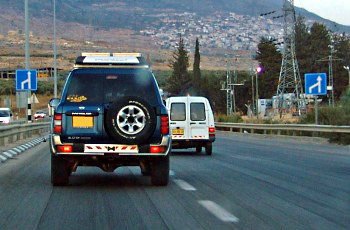
Category : Safety
Question:2
A person is prohibited from driving a tractor that is joined to a trailer with an all up weight that exceeds 4,000 kg:
Category : Rules and Regulations
Question:3
What might be the effect of sand scattered on the road?
Category : Safety
Question:4
What should a driver verify (according to the law) before making a U-turn on a straight road section?
Category : Rules and Regulations
Question:5
While turning, what natural force pushes the vehicle against the direction of the turn?
Category : Safety
Question:6
Is it obligatory to obey the directions and signals of a municipal inspector in uniform?
Category : Rules and Regulations
Question:7
Who is obliged to obey the “stop” sign in the following picture?

Category : Traffic Signs
Question:8
What is the significance of the head rests on the vehicle’s seats during an accident from behind?
Category : Know Your Vehicle
Question:9
Is a driver permitted to send an S.M.S message from his phone while driving?
Category : Rules and Regulations
Question:10
The higher is the vehicle’s center of gravity:
Category : Safety
Question:11
What risks are expected whilst driving on a mountain road?
Category : Safety
Question:12
What should a driver do when he intends to turn right?
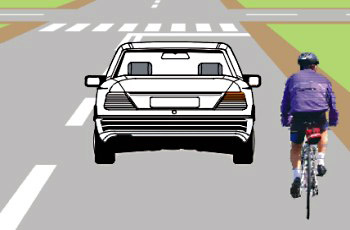
Category : Safety
Question:13
Choose the only correct sentence:
Category : Safety
Question:14
Are motorcycles permitted to enter a road-section in which the following traffic sign is placed?
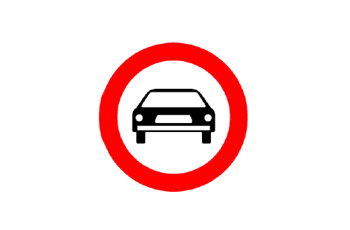
Category : Traffic Signs
Question:15
How are you required to conduct yourself according to the following picture?
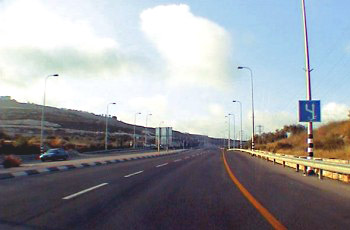
Category : Safety
Question:16
What is the meaning of the following traffic sign?
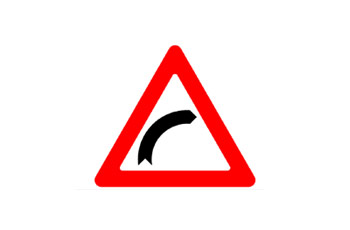
Category : Traffic Signs
Question:17
What is the function of the vehicle’s Electronic Stability Program (ESP) System?
Category : Know Your Vehicle
Question:18
Is it permitted to drive passengers for hire in a private passenger car?
Category : Rules and Regulations
Question:19
The danger of skidding on a wet road is greater:
Category : Safety
Question:20
How should you conduct yourself when detecting an oily and slippery area on the roadway while making a turn?
Category : Safety
Question:21
What are the vehicle’s control systems?
Category : Know Your Vehicle
Question:22
When a public vehicle lets off passengers - is it regarded as stopping?
Category : Rules and Regulations
Question:23
A “school-children transport vehicle” is:
Category : Rules and Regulations
Question:24
In the illustration you see a wide road. What number illustrates a hard shoulder. 103
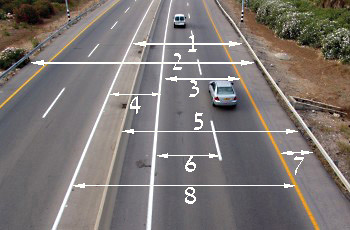
Category : Rules and Regulations
Question:25
What is the meaning of the following traffic sign?
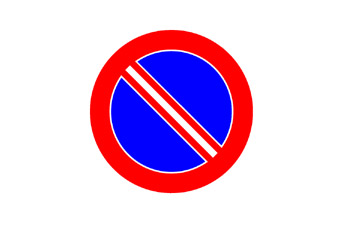
Category : Traffic Signs
Question:26
What is a commercial vehicle in accordance with the Carrier Services Law?
Category : Rules and Regulations
Question:27
Which of the following sentences is correct: The law prohibit drivers from making a left U-turn:
Category : Rules and Regulations
Question:28
Are cyclists permitted to enter a road, when the following traffic sign is placed at the entrance to the road?

Category : Traffic Signs
Question:29
What is the meaning of the following traffic sign?
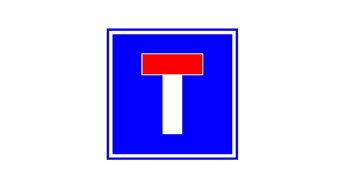
Category : Traffic Signs
Question:30
What are you required to do according to the following road sign?
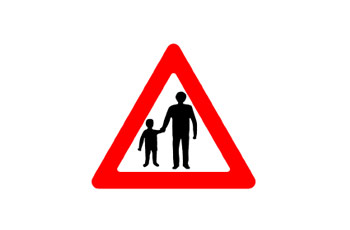
Category : Traffic Signs

